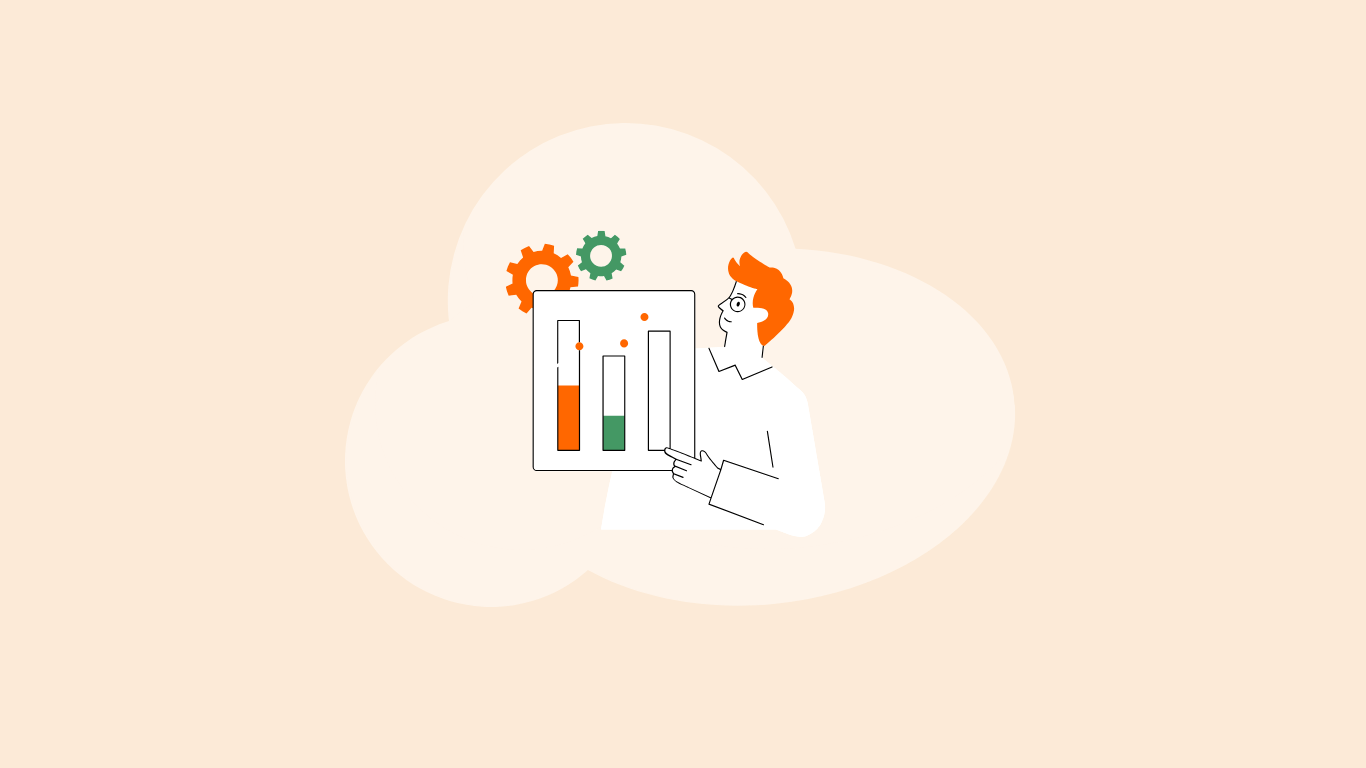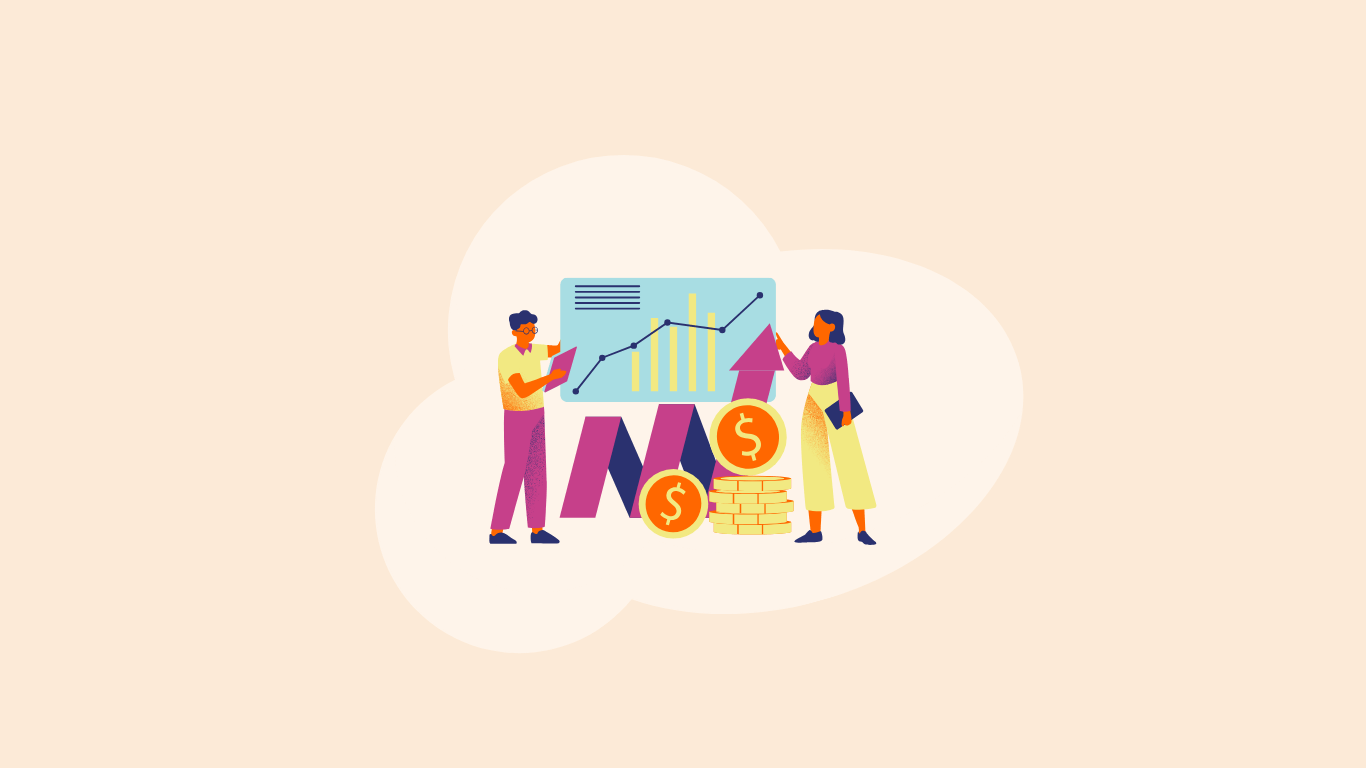Summarize this blog post with:
Customer experience is a differentiating factor in an increasingly competitive business environment. Organizations will continue to develop innovative ways to improve customer experience, operational efficiency, and safety, and video analytics is a rapidly emerging field making a substantial impact.
Video analytics software powered by artificial intelligence (AI) allows businesses to retrieve useful information from video recordings and is revolutionizing surveillance cameras from passive tools to proactive systems. AI-based surveillance systems improve the customer experience in shopping centers, shops, airports, and banking institutions in several ways.
This article explains how businesses use video analytics in surveillance to enhance customer experience. It covers the technology's advantages, real-life examples of its application, and key considerations for selecting a video analytics software solution. Understanding video analytics within the context of surveillance is crucial for recognizing its transformative impact on customer experience.
What is video analytics?
Video analytics utilize artificial intelligence and machine learning to analyze and interpret real-time video data. It provides the automated detection, tracking, and recognition of objects, movement, and other behaviors.
For example, imagine a retail clothing store using AI-powered video analytics. The system analyzes the footage captured by surveillance cameras and assesses customer demographics based on facial recognition technology. It can determine the age, gender, and mood of individuals entering the store.
Suppose a high percentage of young adults are recorded browsing in the activewear section. In that case, the store can tailor its marketing strategies to appeal more to that demographic, such as promoting new arrivals in activewear through in-store displays or personalized digital ads.
AI-powered video analytics software identifies and reports unusual activity, recognizes and reports patterns, and delivers actionable insights without requiring humans to continuously monitor feeds. Businesses may then make data-driven decisions that enhance security and customer experiences.
How AI enhances video analytics
AI has transformed video analytics through:
- Facial recognition - Identifying repeat customers for tailored experiences.
- Object detection - Identifying forgotten objects, tracking inventory, and theft opposition.
- Behavior analysis - Observing patterns of customer movement and interactions.
- Real-time alerts - Alerting personnel of security threats or customer service opportunities.
With a clear understanding of how AI improves video analytics, we can now examine how businesses leverage this technology to enhance the customer experience.
How businesses leverage video analytics to improve customer experience
1. Personalizing the shopping experience
Retailers are using video analytics to understand customer behavior in-store. Using AI-based surveillance systems, it can monitor the following:
- Customer demographics (age, gender, and mood): Incorrect formatting of a store design and promotions can be customized to clients.
- Dwell times: Spot which area or products receive the most attraction.
- Foot traffic tendencies: Shape a store layout designed better for customer navigation.
One example would be a clothing retailer noticing customers are in the accessory section longer than intended. If this is the case, a store can move mannequins and display settings from previous floors or leave high-margin priced products in the area with still good customer interaction.
2. Queue management and reducing wait times
Long wait times cause great customer dissatisfaction.
- AI-powered video analytics can monitor live queue lengths, predict peak times, and automatically notify employees to deploy more registers, detect bottlenecks, and optimize customer service operations.
- Many fast-food chains, supermarkets, and banks use video analytics to improve operations and optimize customer flow. This reduces customer wait times and customer service.
3. Enhancing safety and security
A safe environment has a direct effect on customer confidence. Security cameras with AI provide analytics on your video feed for:
- Suspicious activity - Recognizing threats such as shoplifters.
- Monitoring crowd density - Maintaining a safe environment during busy times.
- Unattended objects - Risk identification in airports, malls, and public environments.
For example, in a shopping mall, video analytics will assist security teams in identifying suspicious activity of individuals, which would lead to a faster response, thereby creating a safer shopping experience.
4. Theft and fraud prevention
Shoplifting and other fraudulent activities harm stores and create an unsafe shopping experience. Video analytics helps retailers in the following ways:
- Detecting repeat offenders through facial recognition.
- Identifying suspicious purchasing behaviors that could indicate fraudulent activities.
- Analyzing behaviors from an employee's perspective to help mitigate internal theft.
From big box retailers to financial institutions, retailers use AI-based video analytics to reduce losses and promote customer trust.
5. Improving smart parking solutions
For businesses with parking facilities, video analytics offers automated license plate recognition (ALPR) to:
- Detect available parking spots.
- Identify VIP customers and offer personalized services.
- Enhance security by flagging unauthorized vehicles.
Airports, shopping malls, and office complexes use AI-powered parking systems to provide customers with a seamless parking experience.
6. Optimizing hotel and hospitality services
Hotels leverage AI-powered camera and monitoring systems to:
- Improve customer check-in and check-out
- Housekeeping scheduling based on real-time occupancy
- VIP guest identification
Luxury hotels sometimes use facial recognition technology to greet patrons by name on their return visits, providing a personalized, high-end hospitality experience.
7. Monitoring and enhancing public transportation services
Video analytics are being used by airports, rail stations, and bus terminals to do the following:
- Monitor passenger flow and improve service routes.
- Enhance security by detecting unattended bags.
- Reduce delay by identifying where areas are crowded.
Transportation hubs are leveraging AI-based video analytics to provide passengers with a safer and more efficient travel experience.
Case studies: Successful implementations
Flock Safety: AI-powered surveillance for crime prevention
Flock Safety provides AI-enabled security camera systems to deter crime. Its video analytics platform helps law enforcement and merchants improve safety and security by identifying license plates, spotting suspicious behavior, and triggering alerts in real-time.
Impact: Higher crime-resolution rates and ultimately safer public spaces.
Eagle Eye Networks: Cloud-based video analytics
Eagle Eye Networks supplies cloud-based video surveillance solutions incorporating AI to provide valuable data insights for businesses. Retailers and enterprises use the platform to monitor and analyze store performance, security, and customer behavior.
Impact: A better customer experience is achieved through smarter store management.
Choosing the right video analytics software
When selecting video analytics software, businesses should consider the following factors:
1. Scalability
- Ensure the software can grow with your business needs.
- Look for cloud-based solutions for easy expansion.
2. Integration with existing systems
- Choose software compatible with your current security camera setup.
- Opt for AI solutions that integrate with other business analytics tools.
3. Real-time processing and alerts
- Instant notifications improve security and operational efficiency.
- Live monitoring capabilities enhance response times.
4. Customization and analytics
- Select software that allows tailored analytics based on your industry needs.
- Advanced reporting tools provide actionable insights for business improvements.
Potential concerns with video analytics
While video analytics offers numerous benefits, businesses may have valid concerns regarding its implementation. Here are some common issues to consider:
1. Privacy concerns
One of the most significant concerns is the potential for privacy violations. Customers may feel uncomfortable knowing they are being monitored, and businesses must ensure they comply with local and national privacy laws.
Transparency is key; organizations should inform customers about video surveillance, how the data is collected, and who has access to it. Implementing anonymization techniques can also help mitigate privacy issues by removing personally identifiable information from the data collected.
2. Data security
Protecting the data collected through video analytics is crucial. Businesses must implement robust cybersecurity measures to prevent unauthorized access and data breaches. This includes encrypting video feeds and client information and establishing strict access controls for personnel who manage the data.
3. Cost of implementation
The initial investment in AI-powered video analytics can be significant, especially for small to medium-sized businesses. Costs may include purchasing advanced cameras, software licensing, and ongoing maintenance. However, organizations should view this as a long-term investment that can lead to increased operational efficiency and customer satisfaction. A comprehensive cost-benefit analysis can help organizations understand the potential return on investment.
4. Integration with existing systems
Businesses may worry about how well new video analytics solutions integrate with their current systems. Compatibility issues can arise with existing hardware or software. It’s important to research and choose solutions offering seamless integration or consulting with tech experts who can facilitate a smooth transition.
5. Skill and training requirements
Video analytics may require staff training to effectively use the new technology and interpret the generated data. Organizations should factor in the time and resources needed for training to ensure employees are equipped to leverage the new systems fully.
6. Dependence on technology
Relying heavily on video analytics may diminish human oversight. While technology can offer valuable insights, it’s essential to maintain a balance, ensuring that human judgment remains an integral part of decision-making processes.
Addressing these concerns proactively can help businesses leverage video analytics effectively while maintaining customer trust and ensuring compliance with regulations.
The future of AI-powered video analytics
As artificial intelligence keeps changing, experts believe that video analytics programs will become even smarter and more predictive in the future. These innovations could include:
- Emotion detection – Understanding how customers feel by reading facial expressions.
- AI-powered virtual assistants – Automating customer service based on real-time information taken from video analytics software.
- Predictive analytics – Anticipating customer wants and needs before they occur.
With AI as the backbone of security camera hardware, businesses will be able to achieve new levels of efficiency, safety, and personalization in customer experiences.
Key takeaways
- Video analytics powered by AI is transforming security cameras into smart devices that optimize customer experience.
- Use cases are personalized shopping, queueing, security, loss prevention, smart parking, and public transportation.
- Examples of Flock Safety and Eagle Eye Networks demonstrate how AI surveillance is utilized and succeeded in the field.
- When selecting video analytic software, consider scaling, integration, real-time processing, and customization.
- The future of AI video analytics will include predictive/automated enhancements to the customer experience.
When considering video analytics software, organizations can enhance security and create seamless and enjoyable customer interactions. With video analytics software, organizations can increasingly provide a service experience that stands out in the digital world today.





